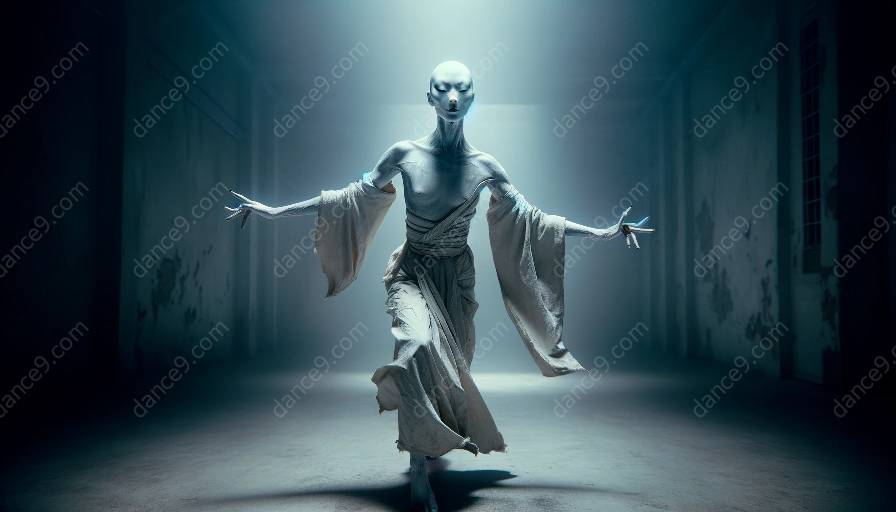The dance world is a rich landscape of diverse styles and techniques, each with its own distinctive qualities and philosophies. Among them, butoh stands out as a unique form with the potential to greatly enhance physical expression and creativity in dancers. In this article, we will delve into the world of butoh, explore its characteristics, and discuss how it can elevate the art of dance in a multitude of ways.
Understanding Butoh
Butoh, originally developed in Japan in the late 1950s, is a dance form that defies conventional norms and expectations. It encompasses a wide range of movements and expressions that are deeply rooted in the exploration of the human body and psyche. Butoh is often characterized by slow, controlled movements, subtly grotesque or distorted body shapes, and a focus on raw, emotional intensity.
Notably, butoh is not just a physical practice but a holistic approach to movement and expression. It delves into the depths of human experience, delving into the subconscious and bringing forth emotions, memories, and sensations that often lie dormant within the body.
Physical Expression in Butoh
Central to the practice of butoh is the idea of physical expression as a conduit for raw emotion and the embodiment of abstract concepts. In traditional dance forms, movement is often focused on aesthetic beauty, technical precision, and narrative storytelling. While these elements are also present in butoh, the emphasis is placed on using the body as a medium for expressing the ineffable, the primal, and the surreal.
Butoh challenges dancers to explore new ways of embodying emotions and experiences, often pushing them beyond their comfort zones and familiar movement patterns. It encourages a deep examination of the body's potential for expression, allowing dancers to discover unconventional forms of movement and physicality.
Creativity and Innovation
Within the realm of dance classes, butoh can serve as a powerful catalyst for fostering creativity and innovation. By introducing dancers to the unconventional and thought-provoking nature of butoh, instructors can inspire them to think outside the box and experiment with new forms of expression. Butoh encourages dancers to tap into their individuality and explore the vast possibilities of movement, thereby broadening their creative horizons.
Moreover, the exploratory nature of butoh can help dancers break free from preconceived notions of what dance should be, opening up a world of artistic freedom and self-discovery. This sense of liberation often leads to a richer and more diverse creative output, as dancers become emboldened to push boundaries and explore uncharted territories in their artistry.
Embracing Vulnerability and Authenticity
Another significant aspect of butoh's influence on dancers is its capacity to foster a deeper sense of vulnerability and authenticity in their performances. The practice of butoh often involves shedding layers of inhibition and self-consciousness, allowing dancers to connect with their most authentic selves and express genuine emotions with honesty and openness.
This newfound sense of vulnerability can be transformative, leading to performances that resonate on a profoundly human level. By embracing their raw emotions and inner truths, dancers can create deeply compelling and emotionally resonant experiences for both themselves and their audiences.
Conclusion
In conclusion, butoh offers a wealth of opportunities for dancers to enhance their physical expression and creativity. Its unconventional approach to movement, emphasis on raw emotion, and encouragement of authentic self-expression make it a valuable addition to the repertoire of any dancer. As instructors incorporate elements of butoh into dance classes, they open doors to new realms of artistic exploration and personal growth, enriching the dance community with a deeper understanding of the human experience through movement.













































































